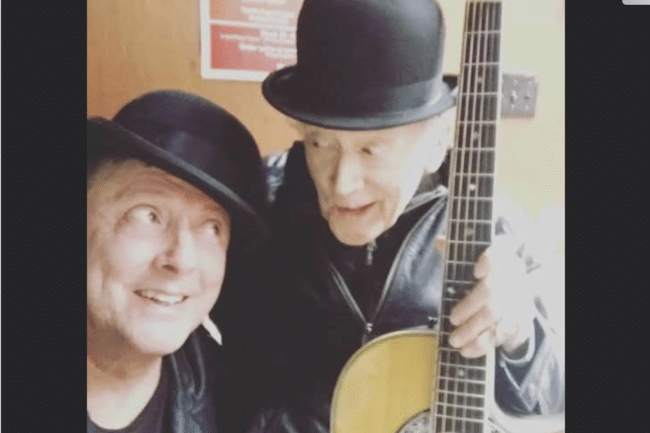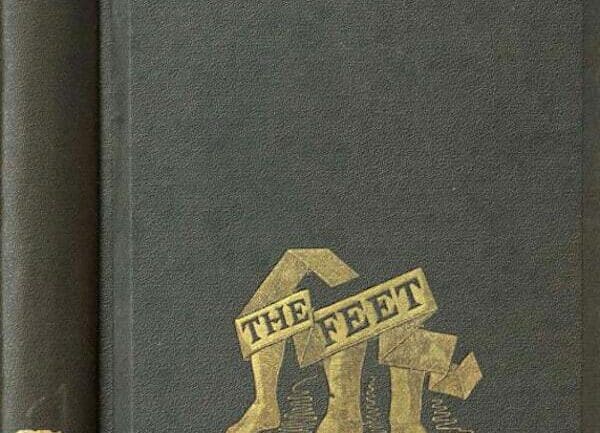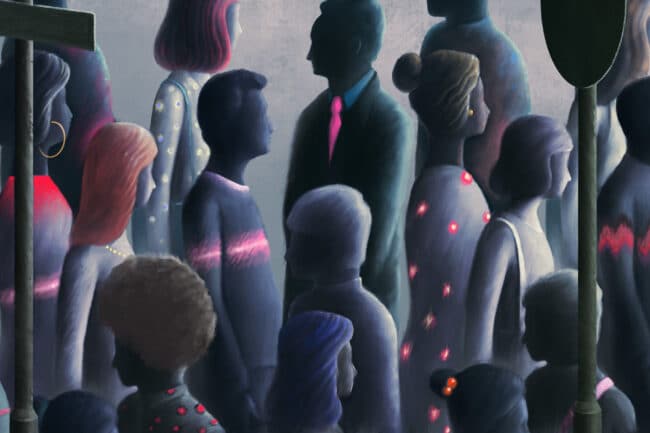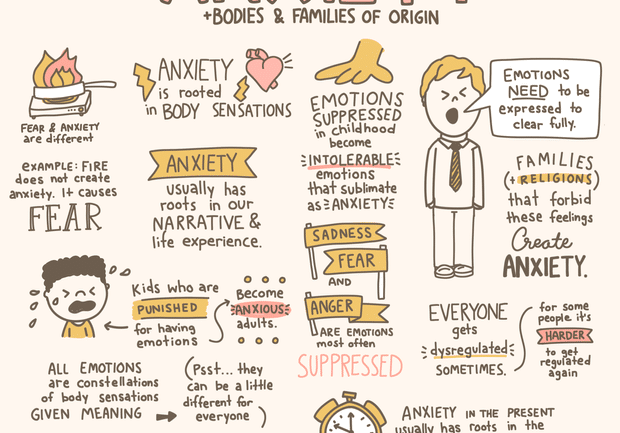So, Who’s the Father?
“So, Who’s the Father?” isn’t exactly what a person who’s expecting wants to hear. It can feel like an accusation, like an invasion of privacy, or like a completely irrelevant question, depending on one’s method of conception, key relationships, or plan for childrearing. Even in days when there were fewer methods for conceiving a child or for avenues for getting one to adulthood, Emily Post might have advised just to stick with a hearty congratulations.
All that stuck in my mind as I read a father’s bemused, delighted, but also partially baffled telling of something that happened when he was tucking his toddler daughter into bed one night. She reached her arms up around his neck for one last goodnight kiss and then, wriggling more securely under the covers, smiled up at him and said, “You’re the best daddy I ever had.” It certainly caused him some reflection after she was long asleep.
It’s intriguing to take that literally. So, who were the other daddies? (Bear with me; we’re going on a journey.)
The Possibility of Multiples
I decided to go down this rabbit hole for a while just to have a bit of a fantastical exploration. Recently, I became aware of the intriguing decades-long work done, up to his death in 2007, by psychiatrist Dr. Ian Stevenson. Founding the Division of Perceptual Studies at the University of Virginia School of Medicine, Stevenson had had an early-career interest in psychosomatic medicine. His later research into medical cases that neither genetics nor environment seemed to explain took him down the road of exploring whether, without committing to a “belief” in the phenomenon, reincarnation could be the best explanation we have thus far for diseases that didn’t yield to any other apparent cause. Stevenson ended up spending decades examining cases that were “suggestive of reincarnation,” without ever committing himself to a notion that such a phenomenon exists or is the operative explanatory structure for phenomena that could not otherwise be explained. (One of the hardest-to-explain phenomena is that all of this was able to take place under the auspices of a medical school, one of our most conservative academic fixtures.)
Both Stevenson and Dr. Jim Tucker, Stevenson’s protégé, now the current director of the Division for Perception Studies, focused on children who recounted details of previous lives. Because the Division received hundreds of times more cases than the ones they could research in any depth, it has focused its resources on cases where there was some physical evidence that could not otherwise be explained by fraud, parental influence, or any other factors and yet bore some connection to a verifiable aspect of the child’s memory. A rare placement of a congenital deformity or birth defect in the exact place of the gunshot wound that took the “previous” life. A case of “responsive xenoglossy,” in which a child has the ability, without any possible explanation for having learned it naturally, to speak another language. A lot of mind-blowing stuff!
Children who relate aspects of previous lives tend to lose the details as they enter school age even as they forget memories of their immediate early childhood, perhaps as these memories are cleared out to make way for new learning. And yet, if reincarnation exists, somehow biographical memories get stored in something that transcend the individual lifetime. And that something in a sense is the ancestor of anything that happens in the current lifetime. It makes the existence of a “best daddy” something to ponder.
So, who's the best daddy in THE HUMAN JOURNEY?
Back to who’s the best daddy.
Is it the immediate, biological daddy who tucked the girl in?
It’s easy to see the ways in which we are children of the conditions into which we were born, the gifts with which we were endowed, and our biological and cultural parents, whoever they may be. The first two sections of the THJ Experience trace these connections and draw out the gratitude, awe, and shared history, memories, and resources that bind groups together.
“The child is the father of the man”
Remember this Wordsworth line, though, from your school days? You can imagine that, as an adult, you can also be the offspring or outcomes of yourself as a child (or, really, at any time in the past)—in other words, a product of the choices you make as you go along.
In many ways, the middle section of THE HUMAN JOURNEY® plays this view out as we move from memory to responsibility. The child becomes “the father of the man” as the THJ Experience turns its focus to the interplay among each participant’s choices in life, the character that is formed by those choices, and the spiritual points of view they adopt.
Whether or not you go so far as to believe in multiple lifetimes, it’s a bit of a mind stretch to imagine even that, from moment to moment, we are birthing the next instantiation of ourselves, making decisions that will certainly impact what comes next, and effecting judgments now that will serve as the foundation for later ones. We keep birthing ourselves.
Any more daddies?
By Act III of the THJ Experience, a whole new “daddy” emerges. Act III takes the threads of what has transpired in this transformative event to weave something new for the future of the family or support group. So who’s the “daddy” of each participant, or of the group, by the time the Experience reaches its conclusion? (One we herald as being pretty reliable in getting groups to a place of deeper connectedness, groundedness, and capacity for listening for values.)
It’s not just the biological parents. It’s not just the person one once has been. It’s something more ineffable than a person or perhaps even a soul or spirit that transcends lifetimes—and yet it’s key. It’s the literal group moment in which Act III takes place, the challenge it presents to the participants to bring to life a future that can allow each of them to become within the group organism that they are co-creating. That group, in the moment in which the THJ Conductor holds them, have all the parental power possible to enact and commit to a future that sustains the group forward.
We’d love to prepare you to take groups anticipating or experiencing a loss, recovering from substance abuse, or seeking a way forward from any major transition through this Experience that uses the “daddies” they know to become, from the alchemy of the group, the ancestor of their future. It’s a beautiful thing to orchestrate and you do experience, along with the participants, the new group self that emerges. Join us to learn how to bring this experience to your patients, clients, and families.
Related Posts

The Incredible Will to Sing
The will to make it to a loved one’s graduation or wedding, or to the birth of a new baby, somehow compels the body to obey the will. Stu Klitsner was going to sing at his only granddaughter’s wedding, come hell or high water.

The Chaplain’s Feet
Chaplains exercise their humanness with every patient or family member they meet. What are the parallels between the kind of presence chaplains bring in the spiritual realm and that of the dancer who sees her choreography and performance as a kind of chaplaincy?

Whacking a Gun
At the 2023 Parliament of the World’s Religions, blacksmiths from RAWTools demonstrated how they took guns that had been surrendered from a variety of sources and re-formed them into garden hand tools, making literal their mission and message of anti-violence. The organization takes literally the passage from the Book of Isaiah to “beat their swords into plowshares and their spears into pruning hooks.”

A Vaccine for Loneliness?
Public health has gotten bigger and bigger in recent decades. What was only thought of in the past as individual choices, like drug addiction, gun violence, or smoking crossed over to be thought of by many as social issues and, eventually, as matters of public health. With the Surgeon General’s report that came out in May, 2023, loneliness and isolation may assume their place alongside them as social epidemics.

Grief on the Comedy Stage
Is it in supremely bad taste, or potentially healing in a social setting, to use death and dying as material on the American comedy stage? The post-pandemic fad of comedy shows that deal with what have been taboo topics is currently walking that line.

If You’re a Pro, You Gotta Have a Pro
Lindsay Braman’s example can open your mind about what sorts of both joy and utility you can create, simply by letting your own gifts out of the closet and using them in your work, in recognizing that, if a therapist/doodler can connect two passions, so can you.

